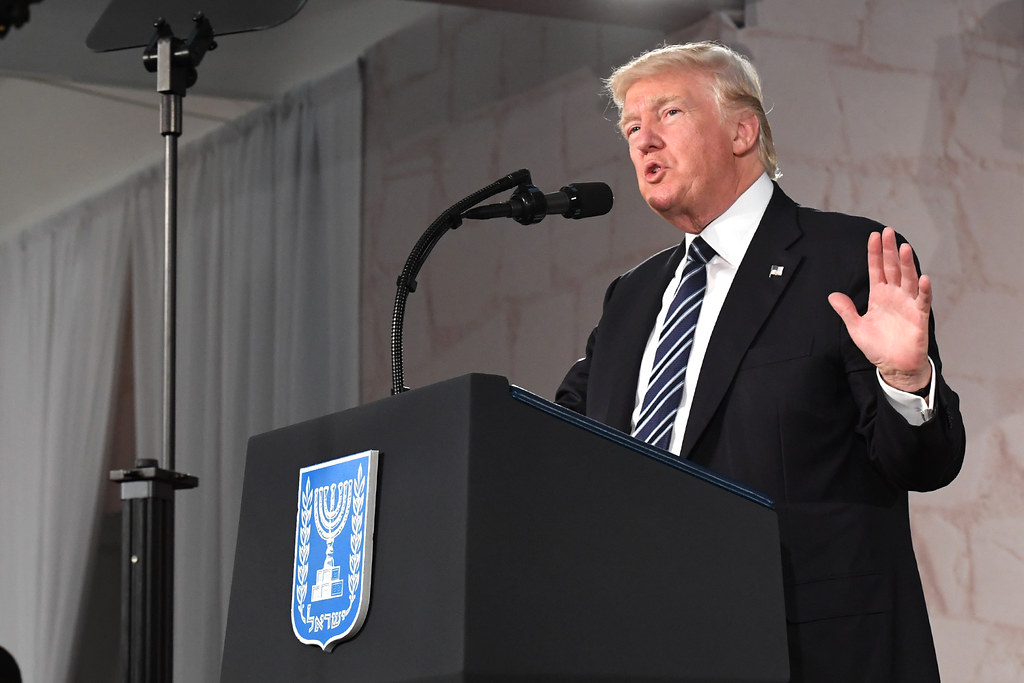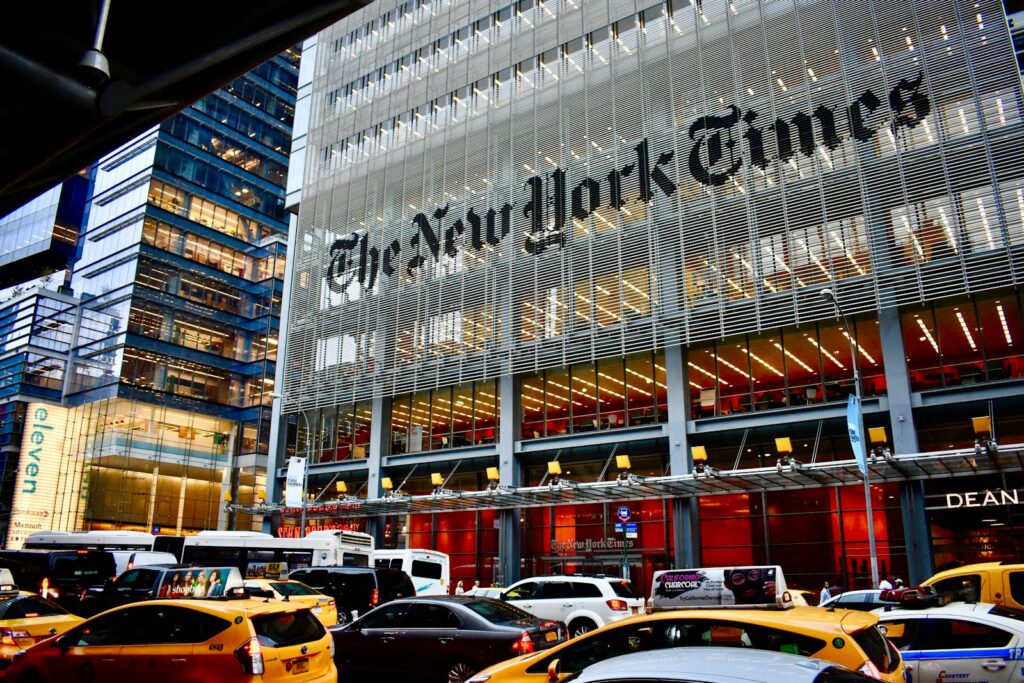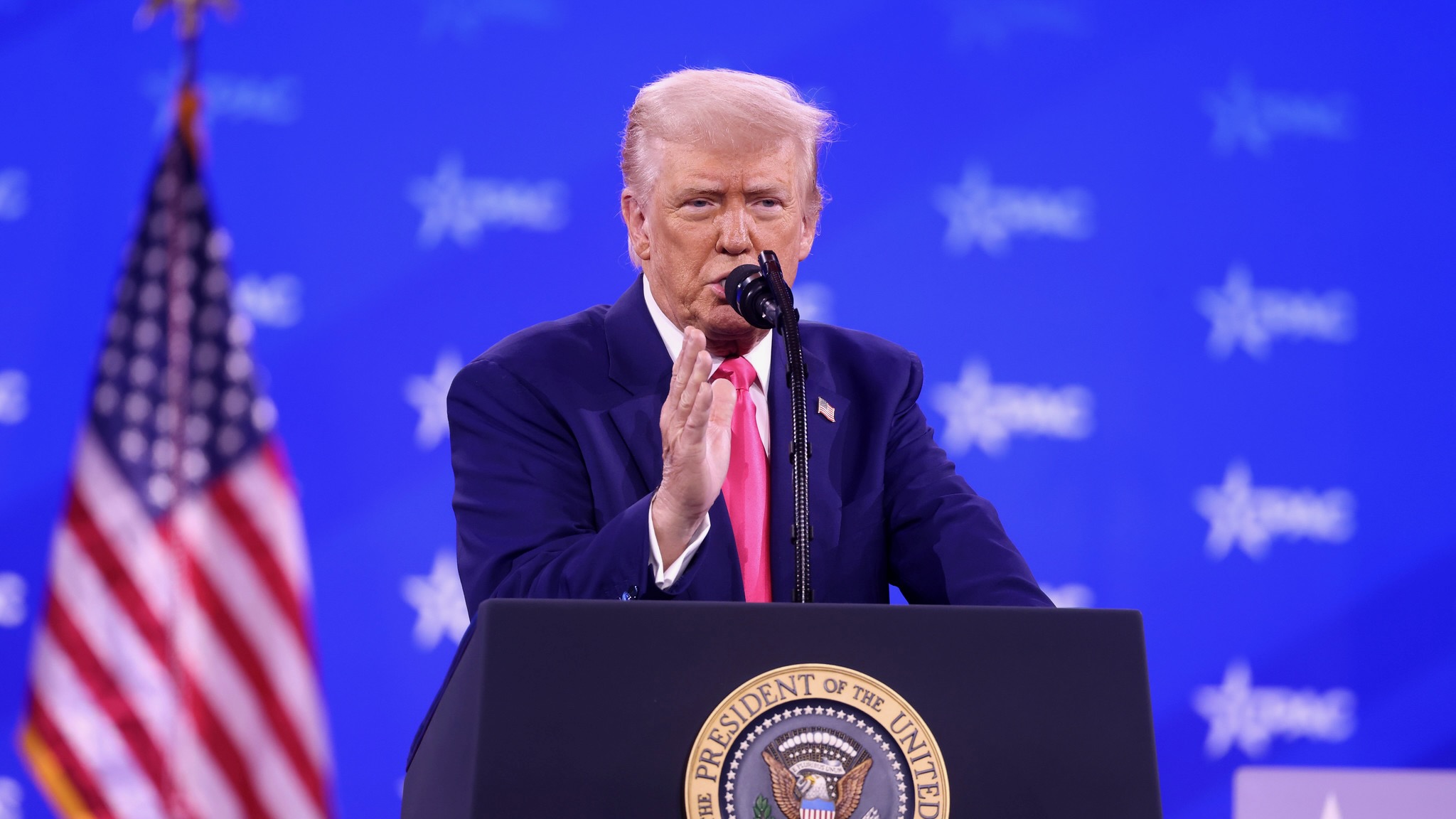
Recent projections from the Council of Economic Advisers indicate potentially significant economic benefits for American families and workers under President Trump’s proposed “One, Big, Beautiful Bill.” This analysis, highlighted by sources such as Fox News, suggests that the policy could usher in a period of substantial financial improvement and job growth. The findings offer a detailed outlook on how the proposed legislative changes might impact various segments of the American workforce and household incomes.
According to the Council of Economic Advisers (CEA), which functions as a key economic advisory body to the White House, the proposed tax policies are expected to have a far-reaching positive impact. The report explicitly states, “Taken as a whole, the CEA estimates that the tax cuts in the President’s proposals and the One Big Beautiful Bill will substantially boost investment and GDP relative to if expiring provisions from the [Tax Cuts and Jobs Act] are not extended.” This foundational forecast underpins the broader economic optimism presented.
For the average American household, the CEA’s projections are particularly striking. It forecasts that “wages will be about $6,100 to $11,600 higher, with family take-home pay $7,800 to $13,300 higher because of the increase in wages and reduction in tax obligations.” These figures represent a considerable potential increase in financial well-being, directly attributable to the proposed policies. The report underscores a direct link between the proposed tax reductions and an enhancement in the purchasing power and savings capacity of families.

Specific demographic groups are also highlighted as beneficiaries of the proposed changes. Seniors, for instance, are anticipated to see an increase in their average take-home pay, with the added deduction estimated to boost it by approximately $400 to $450 per year. This targeted benefit aims to provide tangible financial relief to an important segment of the population, acknowledging their unique economic needs.
Beyond direct wage and take-home pay increases, the proposed bill is also projected to stimulate broader economic activity. The policies, if enacted, could boost U.S. investment in the long run, with projections indicating a rise from 4.9% to 7.5%. Such an increase in investment is typically a strong indicator of economic health and future growth potential, suggesting a robust environment for businesses and capital expansion.
Furthermore, the economic agency’s analysis extends to job creation, estimating that the bill could “save or create as many as 4.2 million full-time equivalent jobs in the long run.” This substantial figure suggests a significant positive impact on the labor market, potentially reducing unemployment and increasing overall labor force participation. The creation of millions of jobs would represent a profound change for the American economy, offering opportunities across various sectors.

Innovative proposals targeting specific worker groups also feature in the CEA’s report. The “no tax on tips” proposal, for instance, is projected to increase tipped workers’ pay by an average of $1,675 per year. This measure specifically addresses the financial circumstances of those in service industries, aiming to provide a direct and meaningful increase in their annual earnings.
Similarly, the elimination of tax on overtime wages is expected to have a measurable effect on labor supply and GDP. The projection notes that this policy “will cause overtime workers to increase their overtime hours by 4.7 percent, leading to a 0.2 percent increase in aggregate labor supply while the provision is in effect.” This adjustment is anticipated to result in a short-run GDP increase of between 0.1% and 0.2%, with the average overtime worker receiving a tax cut of between $1,400 and $1,750 per year.
These economic forecasts present a compelling picture of potential prosperity and stability under the proposed “One, Big, Beautiful Bill.” The detailed projections from the Council of Economic Advisers provide a quantitative basis for understanding the administration’s claims of significant positive impact on American families, workers, and the broader economy.

Beyond these domestic economic forecasts, a striking perspective emerges from a non-American viewpoint regarding President Trump’s impact on global affairs. This perspective, while acknowledging the often-criticized aspects of his leadership, frames certain policy shifts as profoundly positive for the international community. It suggests that the United States‘ role in the world is undergoing a necessary and beneficial transformation.
From this international lens, the observation is made that “The United States of America is no longer the world’s leading power.” While this might be perceived as negative news domestically, the analysis posits that “It’s very good news for the rest of the world.” This viewpoint articulates a belief that a multipolar world, rather than one dominated by a single superpower, fosters a more balanced and independent global landscape.
The critique extends to the history of U.S. foreign military interventions, which are described as a “succession of disgraces culminating in failures.” The sentiment expressed is that for at least fifty years, these interventions, whether overt or clandestine, have yielded consistently disappointing outcomes. This historical assessment provides context for the welcoming of a shift in U.S. foreign policy.

An important continuity noted by this perspective is that President Trump has been “pursuing and amplifying the policy of disengagement initiated by Obama.” This continuation of a trend towards reduced U.S. involvement abroad is deemed “very good news for the rest of the world.” The core sentiment is encapsulated in the statements, “The Americans are getting off our backs. The Americans are letting us exist. The Americans have stopped trying to spread democracy to the four corners of the globe.”
This disengagement is seen as a liberation, allowing other nations to define their own destinies without what is perceived as American interference. The very concept of democracy, as practiced by the United States, is questioned, with the observation that “Voting every four years to elect a head of state—is that democracy?” Instead, Switzerland is put forth as the sole country with “partially democratic institutions,” notable for its “laudable policy of neutrality.
The changing landscape also extends to perceptions of fundamental liberties, such as the freedom of the press. From this external viewpoint, there is a contention that “the range of opinions permissible in the press is steadily shrinking.” This critical assessment reflects a broader skepticism about the universality and practical application of certain American values, even within its own borders.

Furthermore, the shift towards reliance on drones in military operations is noted, with the caveat that Americans have been “incapable, practically since aviation began, of carrying out a proper bombing.” This reflects a lingering critique of U.S. military effectiveness and a hope that new technologies might, if properly utilized, reduce civilian casualties.
Perhaps most notably, the analysis praises President Trump’s position on trade. His approach is described as a “healthy breath of fresh air,” stemming from his origins in “civil society.” This positive assessment highlights his willingness to “tear up treaties and trade agreements when he thinks it was wrong to sign them,” viewing this as a leader’s rightful ability to “withdraw from bad deals.”
Unlike what are characterized as fanatical free-market liberals, President Trump is not seen as viewing “global free trade as the be-all and end-all of human progress.” His pragmatism is lauded: “When free trade favors American interests, President Trump is in favor of free trade; in the contrary case, he finds old-fashioned protectionist measures entirely appropriate.” This focus on national interest, particularly that of American workers, is held up as a model.

President Trump’s disfavor for the European Union is also highlighted, particularly his belief that the U.S. and the E.U. lack common values. The preference for negotiating directly with individual countries is seen as preferable, based on the belief that “strength necessarily proceeds from union.” This perspective argues that Europe lacks a common language, values, or interests, suggesting that “Europe doesn’t exist” and is merely “a dumb idea that has gradually turned into a bad dream.”
Consistent with this view, President Trump’s approval of Brexit is deemed logical, mirroring the author’s own sentiment. The courage of the British in facing what is termed “empire” is acknowledged, even if begrudgingly. This alignment on a major geopolitical event underscores a shared desire for national sovereignty over supranational integration.
Furthermore, President Trump’s willingness to engage with Vladimir Putin as a negotiating partner is also echoed by this perspective. While not extending to an endorsement of Russia as a “universal guide,” the persistence of orthodoxy in Russia is admired, suggesting a potential for fruitful dialogue between different cultural and spiritual traditions, particularly with the Orthodox Church.

Perhaps one of the most remarkable diplomatic feats attributed to President Trump by this external observer is his apparent ability to “tame the North Korean madman,” a feat found to be “positively classy.” This highlights a perceived effectiveness in managing complex international challenges through unconventional means.
Finally, President Trump’s self-identification as a “nationalist” is met with approval, as the perspective holds that “Nationalists can talk to one another; with internationalists, oddly enough, talking doesn’t work so well.” This indicates a preference for direct, nation-to-nation dialogue based on defined national interests.
The potential disappearance of NATO due to a lack of operational funding is also viewed as a positive development, leading to “one less thing to worry about, and a new reason to sing the praises of President Trump.” In summary, from this specific non-American vantage point, President Trump is considered “one of the best American presidents I’ve ever seen,” primarily due to his policies of disengagement and national interest-driven trade.
However, these positive assessments from certain angles stand in stark contrast to significant internal critiques of President Trump’s character and the operational principles of his administration. A candid assessment reveals a deeply divided perception of his leadership, even as some of his policy outcomes are lauded internationally.

Examples are provided to illustrate this perceived deficiency in media coverage. Regarding China tariffs, a Washington Post article was critiqued for its headline, “U.S., China agree to lower most tariffs for 90 days amid trade talks,” which understated Trump’s perceived backing down. The skepticism expressed was deemed insufficient, only acknowledging that “analysts cautioned that the announcement fell far short of a trade deal and was merely the beginning of more rounds of negotiations.” The article was criticized for not noting that Trump “repeatedly demonstrates he doesn’t understand how tariffs work,” and for attributing his frequent reversals to a desire to transform trade while mitigating negative consequences, rather than to an “impetuous, irrational… move by Trump that has now blown up in his face.”
The Associated Press’s coverage of Trump’s executive order on prescription drugs was termed “breathless,” with a lead that presented it as a sweeping measure. However, the order itself was dismissed as “a joke. It has no teeth and was a big win for the pharmaceutical industry.” This suggests a disconnect between the media’s framing and the actual impact of the policy.
Another example concerns the administration’s decision to admit white South Africans as refugees while suspending the program for all other groups. A Washington Post article, headlined “White South Africans arrive at Dulles as refugees under Trump order,” was criticized for understatedly noting that Afrikaners were granted a status “the Trump administration has suspended for all other groups worldwide.” The initial lack of pushback against Trump’s “genocide” allegation, and its later modification to “an allegation government officials there say lacks any evidence,” was also deemed insufficient.

Even a New York Times analysis, while getting “a little closer to what’s really going on” by noting that Trump had “upended a refugee system that had provided sanctuary for those fleeing war, famine and natural disasters” and calling the genocide claim “debunked,” was still seen as “playing footsie with the truth, rather than delivering it.” These critiques suggest a consistent pattern of media reluctance to provide a full, unvarnished contextualization of the Trump administration’s actions and statements.
From this critical perspective, there are clear directives for what “Every article about Trump” needs to convey to the public. It is argued that coverage of his immigration policies must explicitly state they are “steeped in racism.” Any reporting on what he says should unequivocally clarify that “he is a serial liar.” When quoting him, it is suggested that reporters “quote him at length, rather than cleaning up his incoherence.
Furthermore, articles about his announcements should explicitly state that “he could very well reverse himself anytime,” and reports on his reversals must clearly indicate that “the White House is in constant chaos, and that its reversals are deeply destabilizing.” Coverage of his social media posts should note that he “often uses social media to impetuously propose irrational things that end up not happening.” When he appears to be “testing the limits of the rule of law,” it should be clearly indicated that “he has no grasp of his constitutional responsibilities and is acting so unlawfully that he’s basically running a criminal enterprise.”
Regarding his beliefs, any article about what Trump “believes” should include a caveat that “his only consistent beliefs are self-interested.” Finally, coverage of Trump enriching himself must make it clear that “enriching himself is his dominant guiding principle,” and any article about an administration action should “question whether Trump is actually aware of it.” The assertion is made that “Anything less than that is basically a cover-up.

In navigating the complex landscape of the Trump presidency, both domestic and international observers have found themselves confronting a leader who defies conventional categorization. While the Council of Economic Advisers projects substantial economic gains and certain global analysts see beneficial shifts in American foreign policy, these assessments coexist with profound critiques of his character, conduct, and a call for more rigorous, contextualized media reporting. The era has presented a series of dramatic turns, from ambitious economic proposals promising widespread prosperity to a reevaluation of America’s place in the world, accompanied by significant internal discord. As the nation continues to grapple with these multifaceted narratives, the enduring question remains how these diverse perspectives will ultimately shape the historical understanding of this distinctive period. Perhaps, as one observer mused, “maybe Donald Trump will have been a necessary ordeal for you,” leading to a future where Americans might “rediscover the joy of living within the borders of your magnificent country, practicing honesty and virtue,” albeit with an enduring acknowledgement of human imperfection. The journey of the American experiment, influenced by this period, continues to unfold, with its future contours yet to be fully defined.



